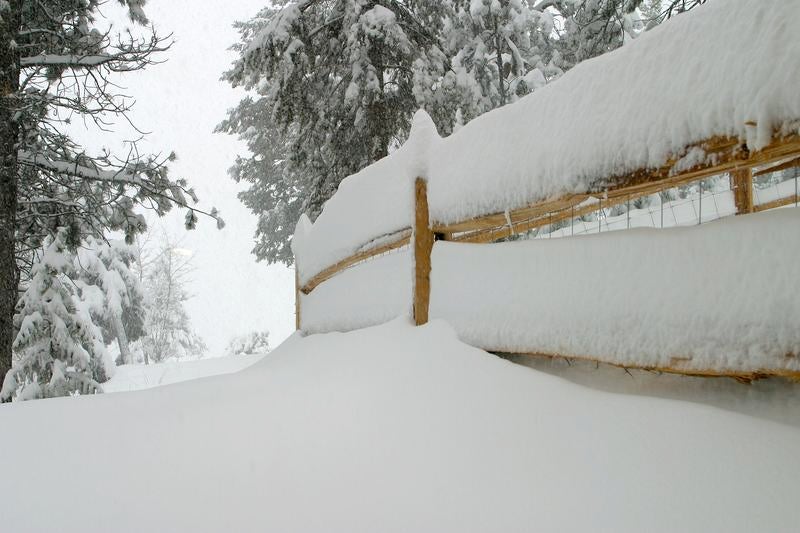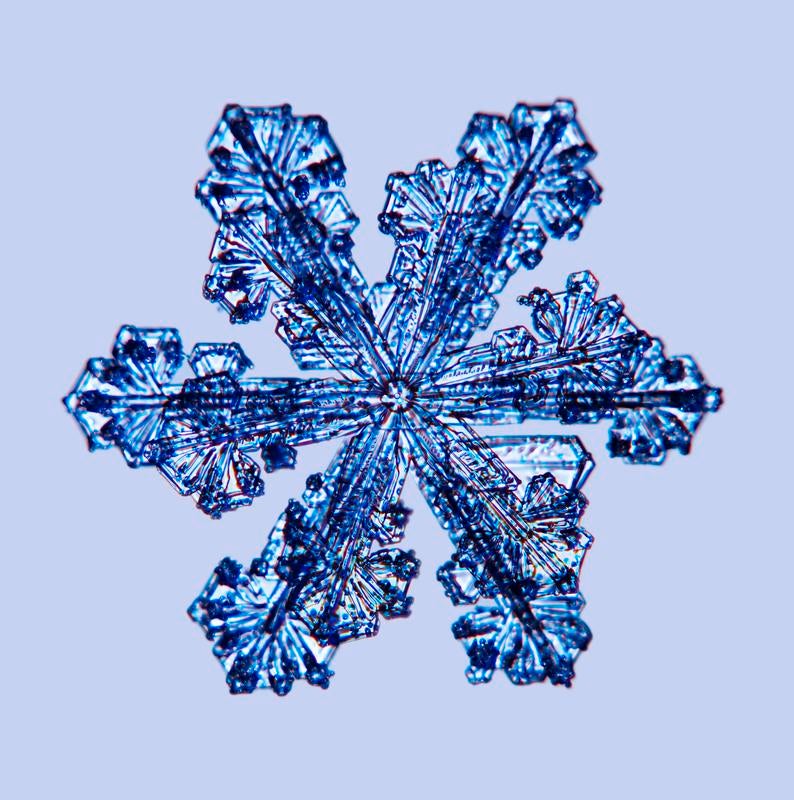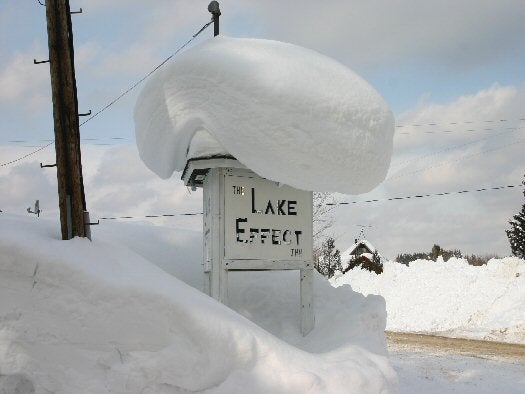OWLeS
Ontario Winter Lake-effect Systems
The Ontario Winter Lake-effect Systems (OWLeS) project will be conducted during December 2013 through January 2014. The OWLeS project examines the formation mechanisms, cloud microphysics, boundary layer processes and dynamics of lake-effect systems (LeS) using new observational tools capable of detailing LeS characteristics not observed in previous LeS field experiments. Lake-effect systems form through surface-air interactions as a cold air mass is advected over relatively warm (at least partially) ice-free mesoscale bodies of water. The OWLeS project focuses on Lake Ontario because of its geometry and size, influence of upstream lakes, frequency of LeS, nearby orography, and proximity to several participating universities with a strong record of undergraduate research. We distinguish between short-fetch LeS (those oriented at large angles to the long axis of the lake) and long-fetch LeS (those more aligned with the lake's long axis).
The Lake Effect Inn Photo Courtesy Dave Kelly, 8 Feb 2007
Scientific Objectives
The overarching objectives of the OWLeS project are to:
- describe the upwind surface and atmospheric factors determining the three-dimensional structure of short-fetch LeS convective bands that develop over a relatively-warm, open water surface;
- understand the development of, and interactions between, internal planetary boundary layers (PBL) and residual layers resulting from advection over multiple mesoscale water bodies and intervening land surfaces;
- examine how organized, initially convective LeS structures in short-fetch conditions persist far downstream over land, long after leaving the buoyancy source (i.e., the ice-free water);
 examine how surface fluxes, lake-scale circulations, cloud microphysics and radiative processes affect the formation and structure of long-fetch LeS;
examine how surface fluxes, lake-scale circulations, cloud microphysics and radiative processes affect the formation and structure of long-fetch LeS;- understand dynamical and microphysical processes controlling the fine-scale kinematic structures and lightning characteristics of intense long-fetch LeS;
- provide in situ validation of operational (S-band) and research (X-band) dual-polarization hydrometeor type classification and lake-effect snowfall QPE; and
- understand the influence of downwind topography on LeS generated over Lake Ontario.
Observations
Facilities requested from the NSF Lower Atmosphere Observing Facility (LAOF) pool are:
- the University of Wyoming King Air (UWKA), with the Wyoming Cloud Radar (WCR) and Lidar (WCL) systems; and
- three Center for Severe Weather Research (CSWR) Doppler on Wheels (DOW) radar systems. (Now located at Univ. of Illinois - FARM.)
 |
|
Photo by Greg Thompson
(Click Image for Full Resolution) |
In addition, several PI-supported mobile and stationary flux, surface, and sounding systems will be deployed. These non-LAOF systems will enhance the ability to observe mesoscale surface and PBL conditions and will facilitate student learning opportunities.
Unless otherwise noted, photos courtesy of Carlye Calvin, University Corporation for Atmospheric Research.
Principal Investigators:
- Bart Geerts UW
- Dave Kristovich UIUC
- James Steenburgh U of U
Data Manager:
- EOL Archive NCAR/EOL/DMS
